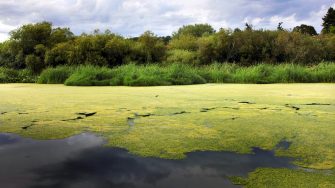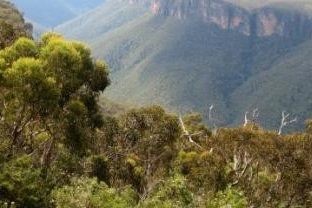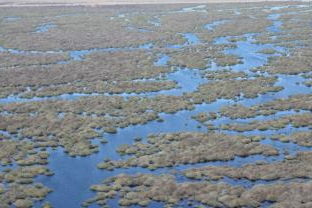
The Macquarie Marshes are one of Australia’s iconic wetlands, recognised for their international importance, providing habitat for some of the continent’s more important waterbird breeding sites as well as complex and extensive flood-dependent vegetation communities. Part of the area is recognised as a wetland of international importance under the Ramsar Convention. River regulation has affected their resilience, which may increase with climate change. Counteracting these impacts, the increased amount of environmental flow provided to the wetland through the buy-back and increased wildlife allocation have redressed some of the effects of river regulation.
This project assists in the development of an adaptive management framework for this Ramsar-listed wetland. It brings together current management and available science to provide an informed hierarchy of objectives that incorporates climate change adaptation and assists transparent management. The project adopts a generic approach allowing the framework to be transferred to other wetlands, including Ramsar-listed wetlands, supplied by rivers ranging from highly regulated to free flowing.
The integration of management with science allows key indicators to be monitored that will inform management and promote increasingly informed decisions. The project involved a multi-disciplinary team of scientists and managers working on one of the more difficult challenges for Australia, exacerbated by increasing impacts of climate change on flows and inundation patterns.



